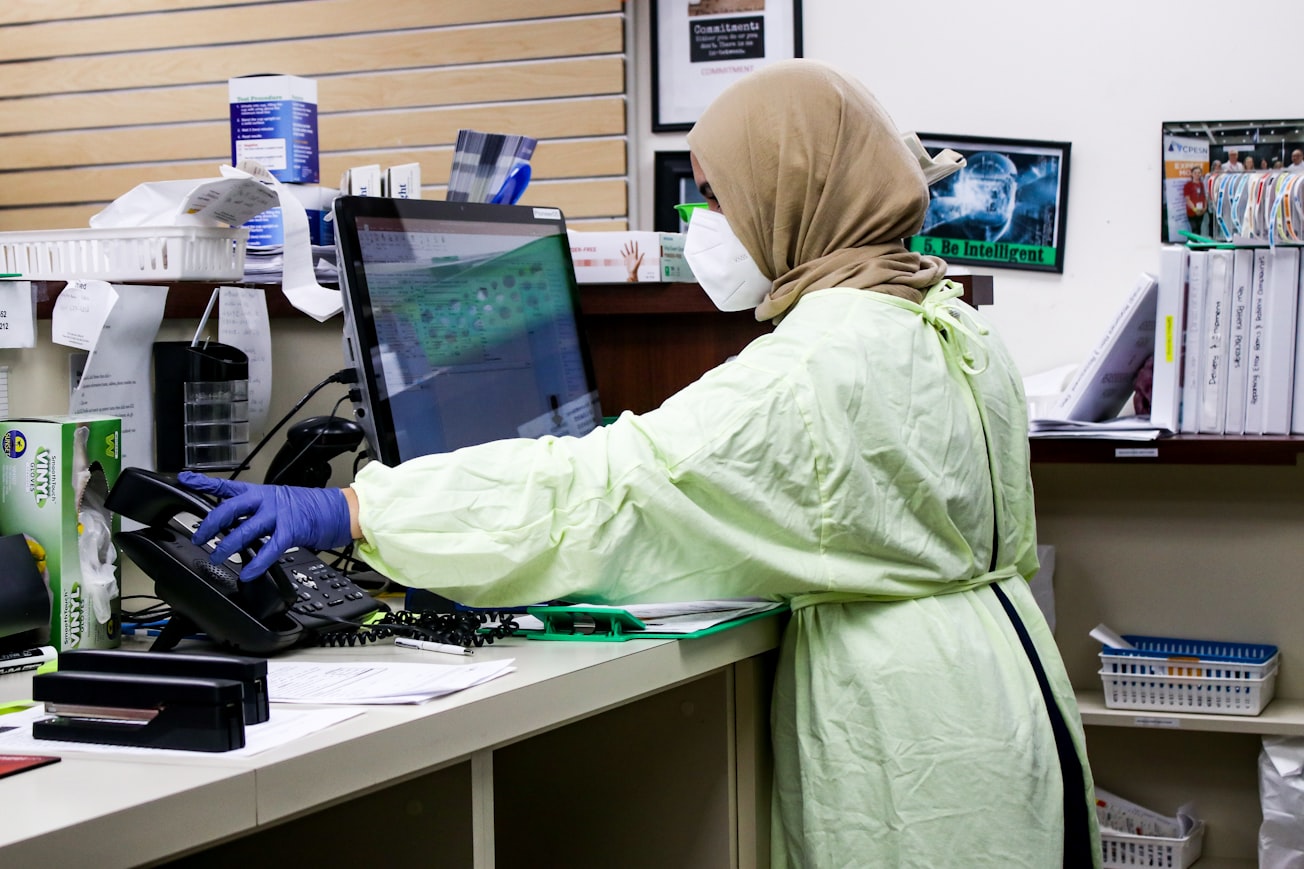What is it about?
Soon after the onset of the COVID-19 pandemic, it was noted that enhanced blood clotting (thrombosis or embolism) frequently occurred as life-threatening complication in severely ill patients. This complex disorder involves an intense inflammatory response and a strong stimulation of blood clotting, and was named therefore “thromboinflammation”. In previous papers, the authors raised a hypothesis that the natural protein α2-macroglobulin (α2-M) which has been conserved over 500 million years of evolution in many species including humans, might contribute to the protection of children from a severe course in COVID-19. The ancient protein α2-M can be found in all body fluids and is capable by a unique mechanism to trap and neutralize a vast spectrum of functional proteins, including several proteins thought to be involved in COVID-19 thromboinflammation. An important element of progress in clinical care is the implementation of evidence-based medicine (EBM), which means integrating the best available research evidence with clinical expertise and patient values. However, in the case of COVID-19 thromboinflammation, the best available evidence appears to be still insufficient.
Featured Image

Photo by Jakayla Toney on Unsplash
Why is it important?
The usual therapy of thrombosis with substances which attenuate blood coagulation, i.e., anticoagulants, also known as “blood thinners”, is not sufficiently effective in COVID-19 thromboinflammation. Thus, there is the need to seek further options. The authors suggest that a potential protective role of proteins such as α2-M should be explored.
Perspectives
New insights into the mechanisms behind thromboinflammation and the impact of proteins such as α2-M might be helpful for understanding and treating also other complex disorders such as bacterial sepsis.
Rainer Seitz
Read the Original
This page is a summary of: “Thromboinflammation in COVID-19: can α2-macroglobulin help to control the fire?”: Comment from Seitz et al., Journal of Thrombosis and Haemostasis, March 2023, Elsevier,
DOI: 10.1016/j.jtha.2023.01.005.
You can read the full text:
Contributors
The following have contributed to this page







